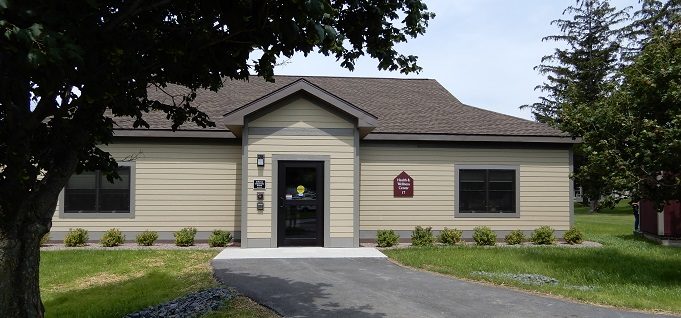A community schools model for success
By Katy E. Troester-Trate
August 28, 2018
Using a community schools model, Jefferson Community College serves the whole student.
As community colleges across the nation struggle to increase their retention and persistence rates, many have focused on the academic needs of our students. This approach is of course effective, however it does not address the non-academic needs of the unique populations that we serve. Jefferson Community College (JCC) has taken a unique approach to meeting the holistic needs of their student population with a great deal of success with the Jefferson Community School (JCS). Community colleges often struggle with the resources necessary to achieve success in student retention. However, a community schools approach lends itself to these challenges while addressing the changing needs of our community college student population.
To address the perceived barriers of low-income students, and to increase the degree attainment and/or persistence rates in New York State, Gov. Andrew Cuomo launched a community school model initiative in 2016. The initiative’s goal is to increase degree attainment of New York State community college students by providing on-campus resources to address the child-care, unmet physical and/or mental health needs, and other resource deficits.
JCC was one of the first three colleges nationwide to receive grant funds and pilot the community schools model. By focusing on the whole student, the community school model addresses the conditions of poverty and the barriers students face to successfully stay in school and earn a degree. The community schools model integrates community resources and on-campus resources to address food insecurity, transportation disadvantage and childcare disadvantage. JCC has been able to integrate the community schools program model into the existing Health & Wellness Center (HWC).
The HWC is staffed with a nurse as well as a physician’s assistant who comes to campus to provide medical care. Similarly, the HWC includes licensed clinicians who provide mental health services. In addition, the mental health staff also is on-call for after-hours crisis intervention as needed. The community schools grant also has allowed for psychiatric medication evaluation and medication management as well.
Comprehensive services also are housed in the HWC serving students of low socioeconomic status, including emergency transportation services, emergency childcare vouchers, on-campus food pantry, Watertown Vet Center clinical services, application assistance for Supplemental Nutrition Assistance Program (SNAP), housing assistance and subsidized disability testing. Results of a 2016 study on student outcomes found that students who used the available services were equally as likely to be retained as those students who did not use the services during that time. Students using the services typically face higher levels of barriers, such as unmet physical/mental health needs, food insecurity and/or inadequate childcare or transportation.
The goal of JCC is not only to serve our own students. The goal is to teach other institutions how to replicate this model to meet the specific needs of their student population
Has your college used a community schools model? If so, sound off at LinkedIn.



